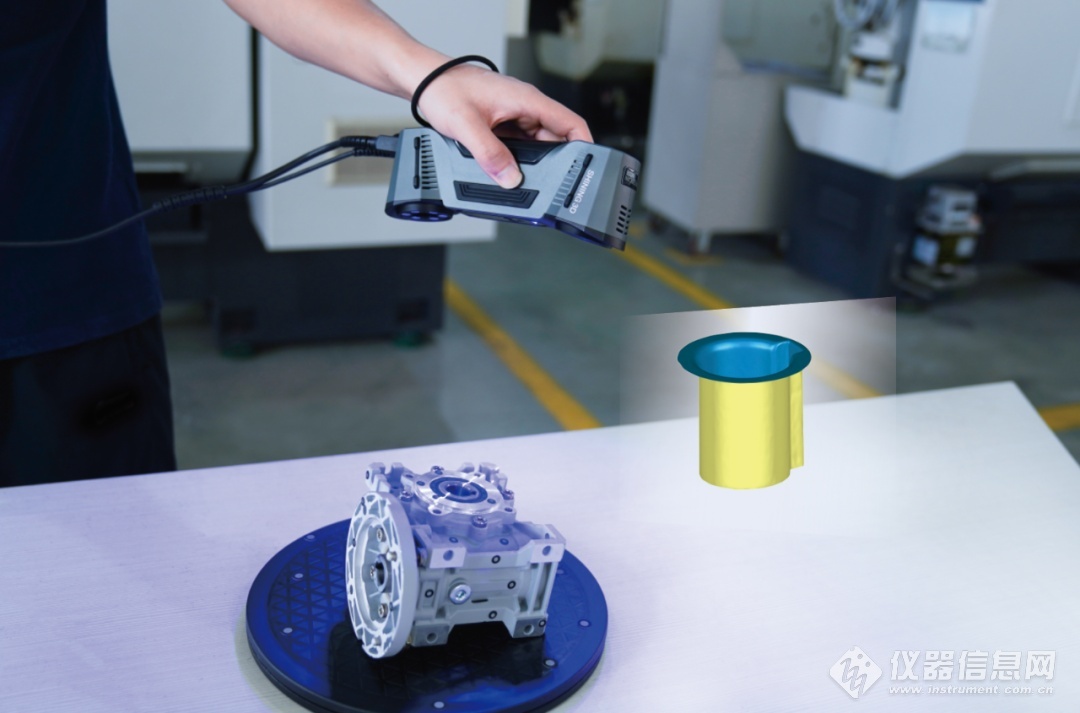In today’s fast-paced world, 3D scanning technology has become a pivotal tool in various sectors. Whether you’re running a business or indulging in a hobby, integrating 3D scanners can bring a multitude of benefits.
From capturing intricate details of objects with precision to saving time and cost in product development, 3D scanners stand as a testament to technological advancement. They not only simplify processes like prototyping and reverse engineering but also enhance design and visualisation capabilities across industries.
Real-World Examples of Successful Integration of 3D Scanning
Professionals in fields like manufacturing, architecture, and design have witnessed transformative results with 3D scanning. For instance, manufacturers utilise 3D scanners to create perfect replicas of components, ensuring quality control, and reducing time-to-market.
Architects and construction experts leverage these tools to capture accurate measurements of structures, aiding in precise renovation and remodelling projects. Such real-world applications underline the efficiency and versatility of 3D scanners in professional environments.
How to Start Using a 3D Scanner in Your Projects
- Understand Your Needs: Assess the type of objects you plan to scan and the level of detail required. This will guide you in choosing the right scanner.
- Selecting the Right Scanner: There are various types of scanners, like laser 3D scanners, structured light scanners, and depth-sensing cameras. Laser scanners, often more affordable, are suitable for less intricate tasks and hobbies, while structured light scanners such as the Shining3D EinStar Handheld 3D Scanner, provide higher accuracy and are more apt for professional use.
- Setting Up: Install the scanner according to the manufacturer’s instructions. Ensure your workspace is conducive to the scanner’s requirements, considering factors like lighting and space.
- Scanning Process: Begin scanning your object. For handheld scanners like the EinScan H Handheld 3D Scanner, move around the object to capture all angles. For turntable scanners, such as the Shining3D Transcan C Desktop 3D Scanner, place the object on the platform and let the scanner rotate around it.
- Data Processing: After scanning, use the accompanying software to process the data. This might involve cleaning up the scan, aligning different scans, and exporting the file in a format suitable for your needs.
Tips for Efficient & Effective 3D Scanning
- Resolution & Accuracy: Choose a scanner with a resolution and accuracy that suits your project needs. Higher-resolution scanners capture finer details.
Scanner Configuration: Consider the scanner’s configuration – handheld, turntable, or long-range – based on your specific requirements. - Post-Processing Skills: Develop skills in post-processing software to refine and utilise your scans effectively.
- Regular Calibration: Regularly calibrate your scanner for consistent accuracy.
- Environmental Considerations: Be aware of the scanning environment – lighting, space, and object stability can affect the scan quality.
Integrating 3D scanners into your business or hobby can revolutionise how you approach design, replication, and quality control. With a strategic approach and an understanding of the technology, you can harness the full potential of 3D scanning to elevate your projects to new heights of innovation and efficiency.





